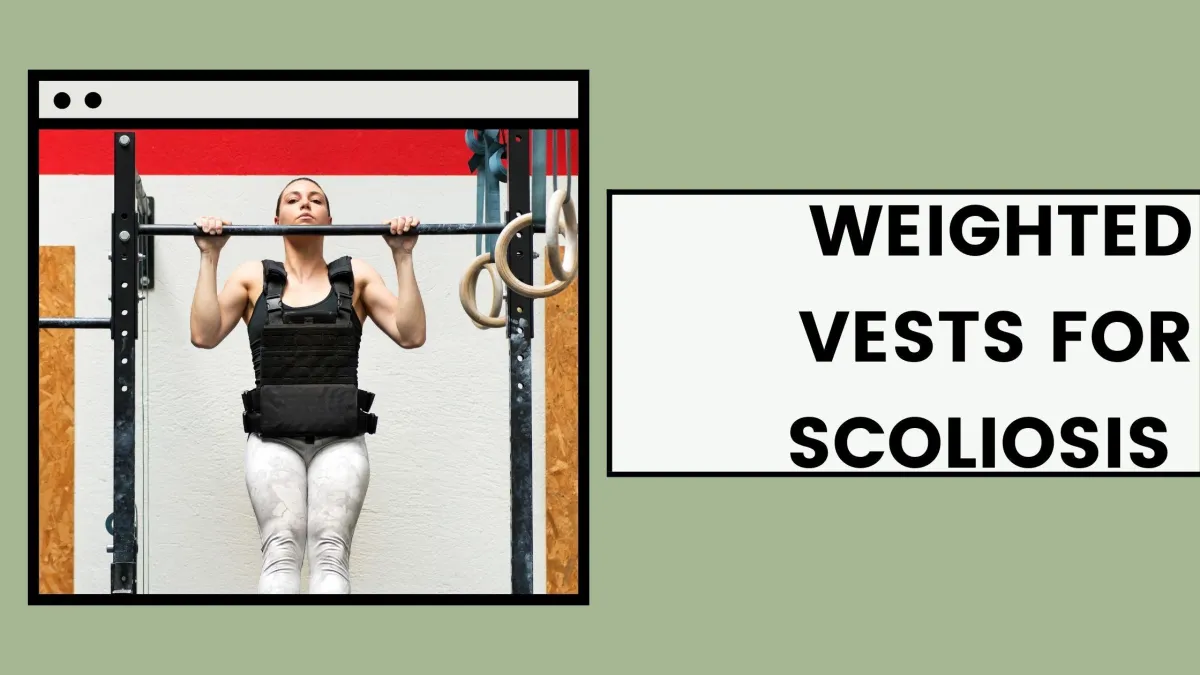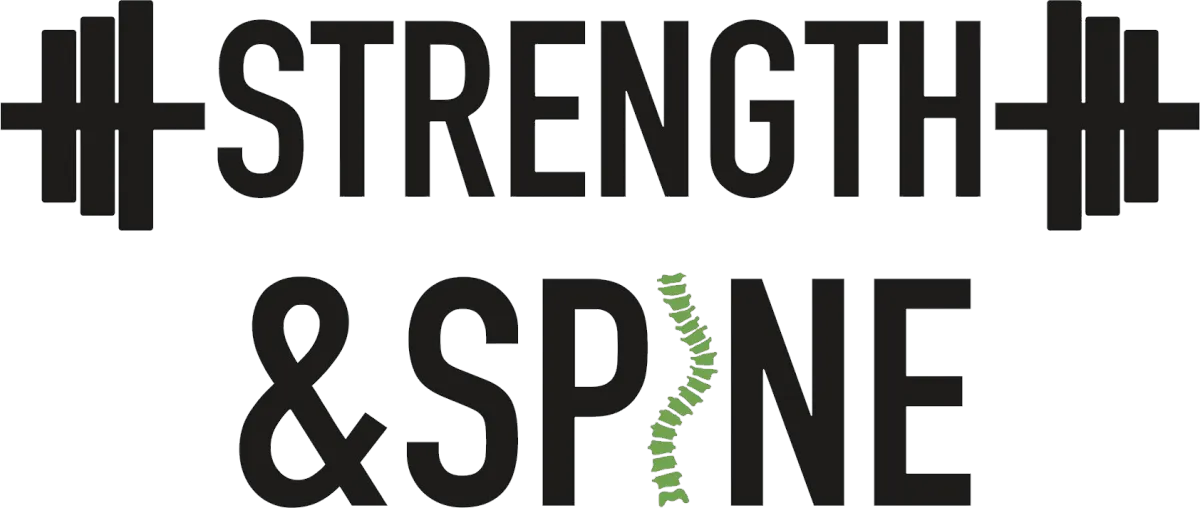Check Out The Latest Blog Posts To Learn More

Should you use a weighted vest if you have scoliosis?
Should you wear a weighted vest if you have scoliosis?
When you hear "weighted vest," what comes to mind? Perhaps you picture a fitness enthusiast pushing their limits, or maybe a superhero gearing up for a mission. But do weighted vests actually help build bone density? Are they safe for people with scoliosis? We'll break that down in this blog.
The Truth About Walking with a Weighted Vest: What the Research Really Says
Walking with a weighted vest is often touted as a way to improve bone density, build muscle, burn more calories, and boost cardiovascular fitness. But what does the research actually say? Let’s break it down.
Bone Density & Muscle Mass
The studies frequently cited to support weighted vest walking for bone and muscle health all share a critical flaw: they include strength training as part of the protocol. Whether it’s squats, lunges, or jumping exercises, the benefits observed—like delayed bone loss or increased muscle strength—stem from the strength training itself, not the act of walking with a vest. In fact, one study comparing women walking with and without a vest found no additional benefits for bone or muscle health from the vest alone. Bottom line? Strength training remains the gold standard for improving bone density and muscle mass.
Weight Loss & Calorie Burn
Wearing a weighted vest can slightly increase calorie burn, but the protocols are extreme. One study required participants to wear a vest for 8 hours a day to see minimal weight loss—hardly practical. Another found no significant difference in fat-free tissue preservation during weight loss, even when participants wore the vest for 7+ hours daily. If weight loss is your goal, there are far more effective (and comfortable) strategies.
Cardiovascular Fitness
Weighted vests can increase heart rate and oxygen consumption, but the effect is comparable to simply walking a bit faster or on an incline. For example, walking 0.5 mph faster without a vest can yield similar cardiovascular benefits to walking slower with a heavy vest. If you’re looking to boost your cardio, consider adding intervals or increasing your pace instead.
The Verdict
While weighted vests can be a useful tool for strength training, the evidence doesn’t support significant benefits from simply walking with one. If you’re already strength training, adding a vest to your walks likely won’t move the needle much. Instead, focus on proven methods like progressive overload in your workouts, faster-paced walks, or incline walking for better results.
Safety First for Scoliosis
Now, you might be wondering, "Are weighted vests safe for someone like me with scoliosis?" It's a valid concern. Scoliosis, characterized by an abnormal curvature of the spine, requires careful consideration when introducing new physical challenges. The good news is that weighted vests can be safely used by individuals with scoliosis, provided certain precautions are taken.
Firstly, it's crucial to monitor your postural alignment while using a weighted vest. Imagine your body as a finely tuned instrument—any imbalance can throw off the entire harmony. Many people with scoliosis have difficulty resisting leaning towards their larger curve side. If you cannot create your standing postural correction without the weighted vest, you might need to start there and build more stability before using one. When wearing a weighted vest, make sure your shoulders and hips are level and aligned. If you notice any misalignment, such as your shoulders tilting to one side or your hips shifting, it may be time to reassess the weight or focus on strengthening your posture before continuing.
Furthermore, working with a physical therapist or a qualified trainer familiar with scoliosis can provide invaluable guidance. They can help tailor exercises that improve muscle balance and ensure the weighted vest enhances rather than exacerbates your spinal curves. This personalized approach can empower you to harness the benefits of weighted vests safely and effectively.
Tips for Using Weighted Vests with Scoliosis
Ready to incorporate weighted vests into your routine? Here are some essential tips to keep in mind:
1. Start Light:
Just like dipping your toes in the water before a swim, begin with a lighter weight. Gradually increase the load as your strength and comfort grow. The research recommends to work up to 15% of your bodyweight
2. Focus on Posture:
Regularly check your alignment in a mirror or with the help of a partner. Maintaining a straight posture is key to avoiding additional uneven stress on your spine.
3. Balance is Key:
Include exercises that promote muscle balance. Incorporating active self-correction of your posture and exercises that reinforce that can be a great way to grow your bone density in a balanced way
4. Listen to Your Body:
Your body is your best guide. If you experience discomfort or pain, stop and reassess. Pain might be telling you your body is not feeling ready for this activity yet, but you can absolutely work on other exercises to help mitigate pain and improve your alignment and bone density
5. Consistency is Crucial:
Regular use of weighted vests can yield significant benefits. Establish a routine that incorporates them into your weekly workouts.
Weighted vest with scoliosis? Worth it or not?
Weighted vests can be a helpful addition to a fitness routine, but their benefits are often overstated. Research shows that the improvements in bone density and muscle mass attributed to weighted vests are primarily due to strength training, not the vest itself. Similarly, while weighted vests can slightly increase calorie burn and cardiovascular effort, these effects are minimal and can often be achieved through simpler methods like walking faster or on an incline.
For individuals with scoliosis, weighted vests can be used safely with proper precautions. Key tips include starting with light weights, maintaining good posture, focusing on muscle balance, and consulting a physical therapist or trainer familiar with scoliosis. However, regular progressive strength training remains the most effective and reliable method for improving bone density, muscle strength, and overall fitness—especially for those with scoliosis.
WE ARE
Strong with Scoliosis
Start today on an exercise program that helps you become empowered, strong, and confident in your scoliosis curve.
FIND US
Strength and Spine
Online Sessions and Coaching
We work with clients all over the world
*Please contact us for in-person appointments*

